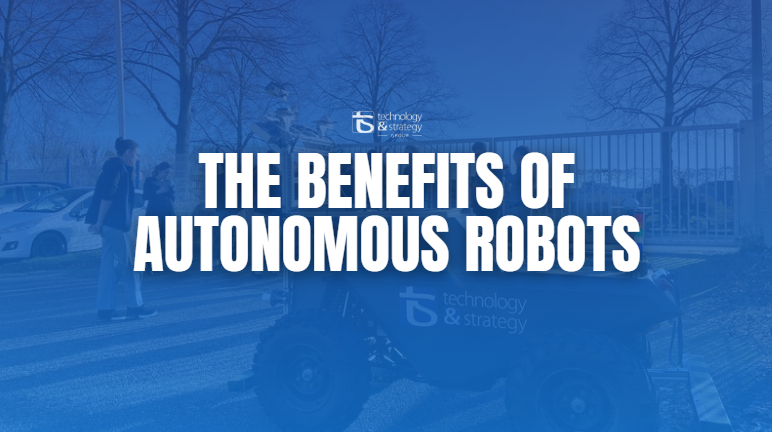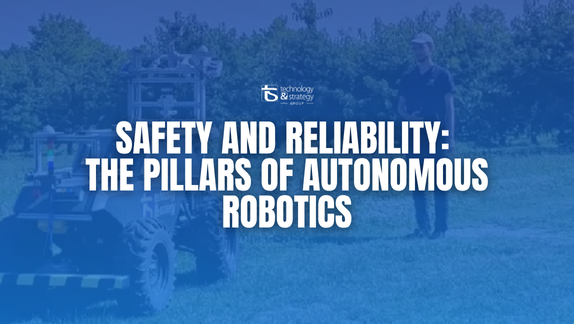Table of Contents:
The landscape of robotics and autonomous vehicles (AVs) is transforming rapidly, impacting sectors from agriculture and logistics to defense and exploration.
While urban autonomous navigation has seen significant advancements, developing robust and reliable autonomous systems for the complexities of off-road environments remains a formidable challenge.
This is precisely where specialized R&D platforms become invaluable, offering the necessary expertise, resources and collaborative ecosystem to propel innovation forward.
Off-road autonomous navigation presents a unique set of hurdles:
Englab's R&D platforms Kipp provide a comprehensive solution to these challenges by offering:
Englab's R&D&I Center is a key player in the off-road autonomous vehicle research and development market, offering a comprehensive suite of services and technologies to accelerate innovation in this challenging domain. Here are some specific examples of their contributions:
Accurate perception is fundamental to autonomous navigation, and LIDAR technology plays a crucial role in providing detailed 3D environmental information. Our team has developed advanced LIDAR-based perception algorithms for environment mapping and robust object detection, even in challenging off-road conditions.
Matthias Spisser's team's approach combines Multiple Object Tracking (MOT) algorithms with sophisticated filtering and clustering techniques to achieve accurate and reliable object tracking in dynamic off-road environments. The algorithms are designed to handle the challenges posed by uneven terrain, occlusions, and varying lighting conditions. By using a combination of RANSAC for ground segmentation, DBSCAN for clustering, and Kalman filtering for state estimation, the system effectively identifies, tracks, and predicts the motion of objects in the robot's surroundings. This information is crucial for safe and efficient navigation, enabling the robot to avoid obstacles and adapt to changing conditions.
Robust object tracking is essential for safe navigation in dynamic environments. The innovation team works on this to ensure that autonomous vehicles and robots can operate safely and effectively in complex off-road scenarios. One potential use case is in autonomous construction, where robots need to navigate around workers, equipment, and other obstacles on a construction site.
Navigating off-road environments demands robust motion control systems that can handle a variety of terrain conditions (hard ground, mud, sand, tall vegetation, rocks, etc.). Our R&D center has developed advanced motion control systems for off-road vehicles, leveraging detailed vehicle dynamics modeling and simulation.
Their approach combines model-based control with advanced estimation techniques to achieve precise path tracking and robust performance in challenging terrains. The control systems are designed to account for factors such as tire slip, ground friction, and vehicle dynamics, enabling the vehicle to maintain stability and follow the desired path even on uneven or slippery surfaces. By using a combination of feedforward and feedback control, the system can anticipate and react to changes in the environment, ensuring smooth and accurate motion.
Precise motion control is essential for autonomous vehicles to navigate safely and efficiently in challenging off-road environments. The innovation team focuses on this to enable autonomous robots to perform complex maneuvers in various terrains. One use case is in autonomous delivery, where robots need to navigate across uneven terrain to reach their destination.
Efficient path planning is critical for optimizing agricultural operations and maximizing productivity. Their Complete Coverage Path Planning (CCPP) algorithms are designed to generate efficient and complete coverage paths for autonomous robots in agricultural settings.
Our team's CCPP approach considers various factors, including field shape, obstacles, and vehicle constraints, to minimize operation time and fuel consumption. The algorithms are designed to generate smooth and continuous paths, including efficient headland turns, ensuring that the entire field is covered without unnecessary overlaps or gaps. By using a combination of field decomposition, path exploration, and optimization techniques, the system can generate near-optimal paths for various agricultural tasks.
Optimized path planning is essential for maximizing the efficiency of autonomous agricultural robots. the team works on this to help farmers reduce costs and improve productivity. One use case is autonomous spraying, where robots need to cover the entire field with pesticide or fertilizer in a precise and efficient manner.
Seamless human-robot collaboration is crucial for many applications, and our Innovation team's "Follow-Me" system offers an intuitive and efficient way for humans to interact with autonomous vehicles. This technology allows autonomous vehicles to follow a human operator in unstructured environments, enabling hands-free control and improved efficiency.
The "Follow-Me" system utilizes computer vision and deep learning to detect, track, and follow the operator. The system is designed to be robust to variations in lighting, background clutter, and operator movements. By combining pose estimation, gesture recognition, and face recognition, the system can accurately identify and follow the intended operator, even in crowded or dynamic environments.
"Follow-Me" technology simplifies human-robot interaction and opens up new possibilities for collaboration in various domains. The team develops this to make autonomous robots more user-friendly and adaptable to human needs. One use case is in warehouse logistics, where autonomous vehicles can follow workers as they pick and pack orders, improving efficiency and reducing the physical strain on human workers.
A deeper understanding of the environment is crucial for autonomous navigation, and semantic segmentation provides a powerful way to achieve this. Matthias's team utilizes semantic segmentation to provide autonomous vehicles with a more detailed understanding of their surroundings.
By labeling each pixel in an image with its corresponding object class (e.g., sky, grass, vegetation, obstacle, path), the vehicle can make more informed decisions about navigation and path planning. This information can be used to identify traversable areas, avoid obstacles, and even predict the behavior of other objects in the scene. Their approach utilizes deep learning models optimized for real-time performance on embedded platforms, enabling the use of semantic segmentation in resource-constrained environments.
Semantic segmentation provides a rich understanding of the environment, enabling more sophisticated autonomous navigation capabilities. Our experts are working on this to improve the safety and reliability of autonomous vehicles in complex and unstructured environments. One use case is in autonomous off-road driving, where the vehicle needs to distinguish between different types of terrain to plan safe and efficient paths.
R&D platforms are indispensable for driving innovation in off-road autonomy. They provide the expertise, resources, and collaborative ecosystem needed to tackle the complex challenges inherent in developing robust and reliable autonomous systems. By partnering with an R&D platform like ours, companies can accelerate their development timelines, reduce costs, and gain a competitive advantage in this rapidly expanding market.
Ready to revolutionize your off-road operations with cutting-edge autonomous technology?
Contact our experts today to explore how our expertise, resources, and collaborative approach can empower your organization to achieve new levels of efficiency, safety, and productivity. Let's build the future of off-road autonomy together.


Discover the winners of the T&S Sponsorship Program 2025. Technology & Strategy supports 7 organizations driving social and environmental impact across Europe.
READ MORE
Discover how autonomous robots developed at Englab’s R&D Center can positively impact the environment and economy through advanced and sustainable technologies.
READ MORE
Discover how Englab's R&D Center ensures the safety and reliability of autonomous robots through advanced technologies and strict protocols.
READ MORE